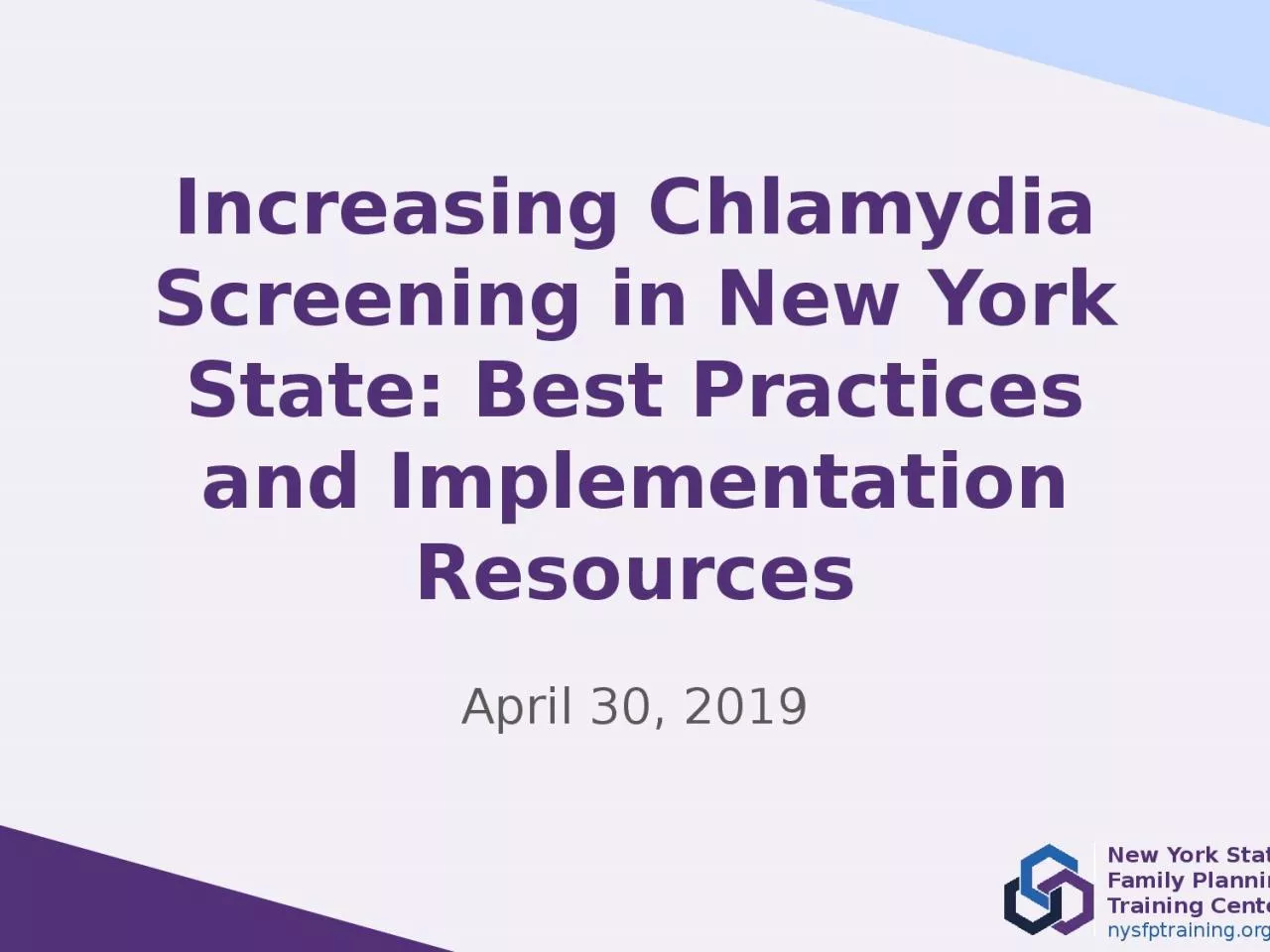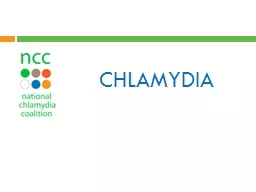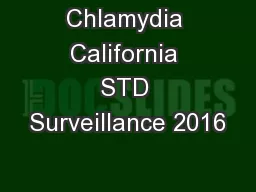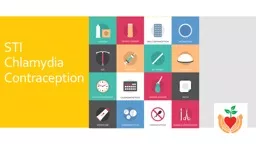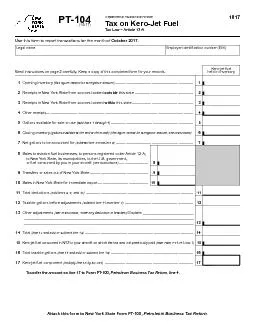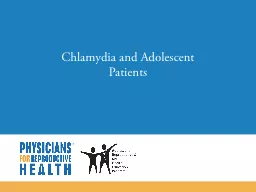PPT-Increasing Chlamydia Screening in New York State:
Author : holly | Published Date : 2024-01-29
Best Practices and Implementation Resources April 30 2019 1 Objectives By the end of today you will be able to Describe trends in the prevalence of chlamydia infections
Presentation Embed Code
Download Presentation
Download Presentation The PPT/PDF document "Increasing Chlamydia Screening in New Y..." is the property of its rightful owner. Permission is granted to download and print the materials on this website for personal, non-commercial use only, and to display it on your personal computer provided you do not modify the materials and that you retain all copyright notices contained in the materials. By downloading content from our website, you accept the terms of this agreement.
Increasing Chlamydia Screening in New York State:: Transcript
Download Rules Of Document
"Increasing Chlamydia Screening in New York State:"The content belongs to its owner. You may download and print it for personal use, without modification, and keep all copyright notices. By downloading, you agree to these terms.
Related Documents

